What Is A Samara And What Do Samaras Do


Flowering plants produce fruits after blooming, and the purpose of the fruits is to disperse seeds to grow new plants. Sometimes the fruits are tasty and eaten by animals, and this helps disperse seeds to new areas. Other plants use the power of wind to disperse the seeds in their fruits, and these include the samara producing trees.
What is a Samara?
A samara is just one type of many fruits produced by flowering plants. The samara is a dry fruit, as opposed to a fleshy fruit, like an apple or cherry. It is further categorized as a dry indehiscent fruit. This means that it does not split open to release the seed. Instead, the seed germinates inside of its casing and then breaks free of it as the plant grows. A samara is a dry indehiscent fruit with a casing or wall that extends to one side in a wing-like shape – in some plants the wing extends to both sides of the seed. Some samara fruits split into two wings, technically two samaras, while others simply form one samara per fruit. The wing causes the fruit to move through the air while spinning, like a helicopter. As a kid you probably threw samaras from maple trees up in the air to watch them spin back down to the ground. You may have called them helicopters or whirlybirds.
What Do Samaras Do?
The purpose of samara fruits, as with all fruits, is to disperse seeds. The plant reproduces by making seeds, but those seeds need to find their way into the ground so they can grow. Seed dispersal is a big part of flowering plant reproduction. Samaras do this by spinning to the ground, sometimes catching the wind and traveling farther. This is ideal for the plant because it helps it spread and cover more territory with new plants.
Additional Samara Information
Due to the way they are shaped, samaras are very good at traveling long distances on wind power alone. They can end up far from the parent tree, which is a great reproductive technique. Examples of trees that produce samaras with a wing to just one side of the seed are maple and ash. Those with samaras that produce the wing to both sides of the seed include tulip tree, elm, and birch. One of the few legumes to produce a samara is the tipu tree of South America.
Gardening tips, videos, info and more delivered right to your inbox!
Sign up for the Gardening Know How newsletter today and receive a free copy of our e-book "How to Grow Delicious Tomatoes".

Mary Ellen Ellis has been gardening for over 20 years. With degrees in Chemistry and Biology, Mary Ellen's specialties are flowers, native plants, and herbs.
-
 Looking For Plants To Give You The Soft And Fuzzies? Try These 5 Fuzzy Leaf Plant Options
Looking For Plants To Give You The Soft And Fuzzies? Try These 5 Fuzzy Leaf Plant OptionsLovers of texture, drama, silver foliage and tactile plants will adore these special sensory garden additions. These fuzzy leaf plant options will leave you all aglow
By Susan Albert
-
 Get Ready For A Summer Of Hummers! Grow These Full Sun Hummingbird Plants and Flowers
Get Ready For A Summer Of Hummers! Grow These Full Sun Hummingbird Plants and FlowersIf you’re lucky enough to enjoy a sunny backyard, make sure you are maxing out on your pollinator opportunities and grow these full sun hummingbird plants and flowers
By Tonya Barnett
-
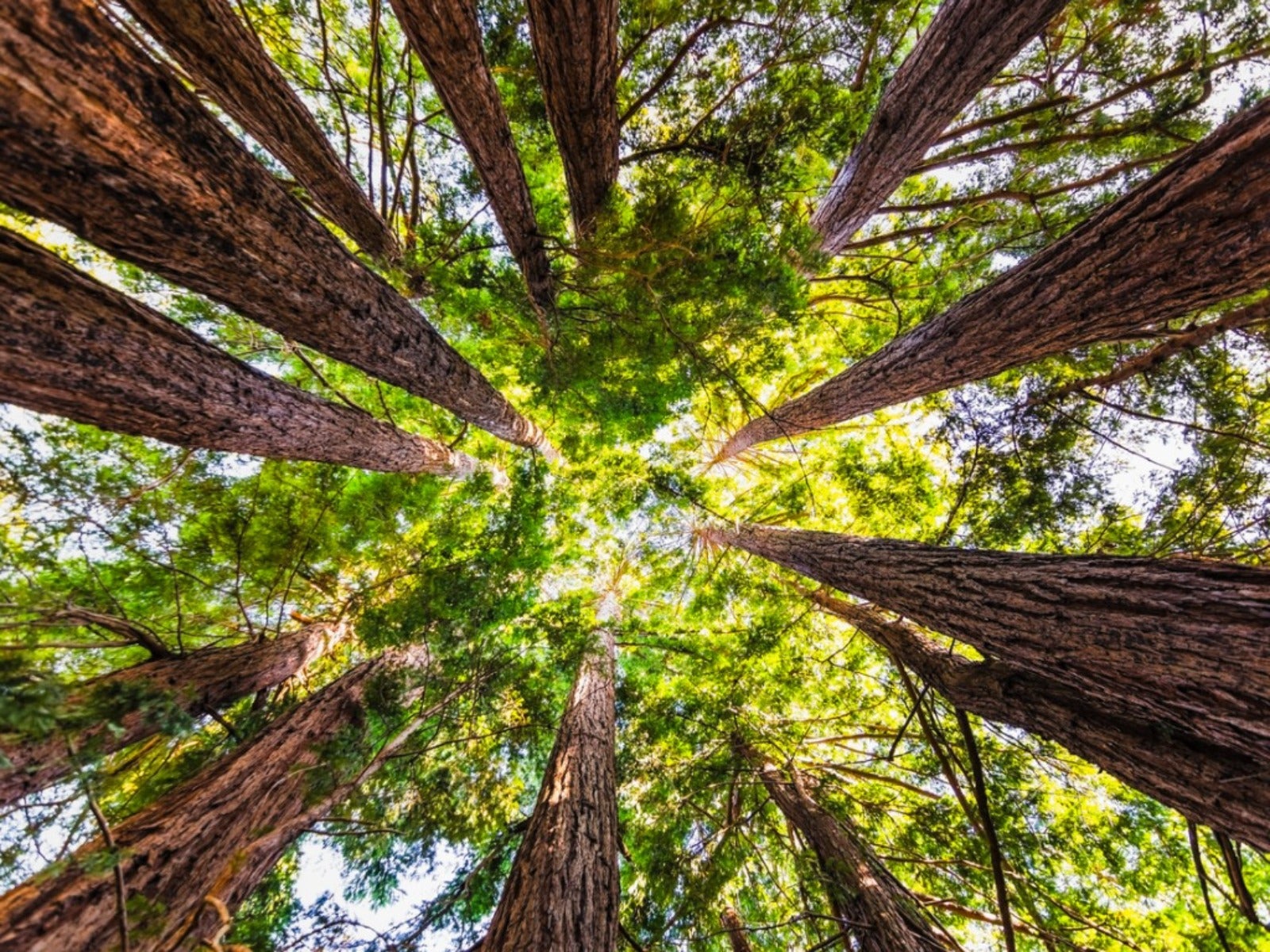 Best Trees For Carbon Sequestration And Climate Change
Best Trees For Carbon Sequestration And Climate ChangeLet’s keep planting trees. They are our best bet for capturing carbon and may help with our global warming issues.
By Teo Spengler
-
 7 Invasive Trees You Should Never Plant In Your Yard Or Garden
7 Invasive Trees You Should Never Plant In Your Yard Or GardenWhat are some invasive trees you should never plant in your yard? Click here to find out.
By Teo Spengler
-
 How Close Can You Plant A Tree To A Stump?
How Close Can You Plant A Tree To A Stump?Looking to plant new trees near old stumps or where stumps have been removed? Click here to learn how.
By Teo Spengler
-
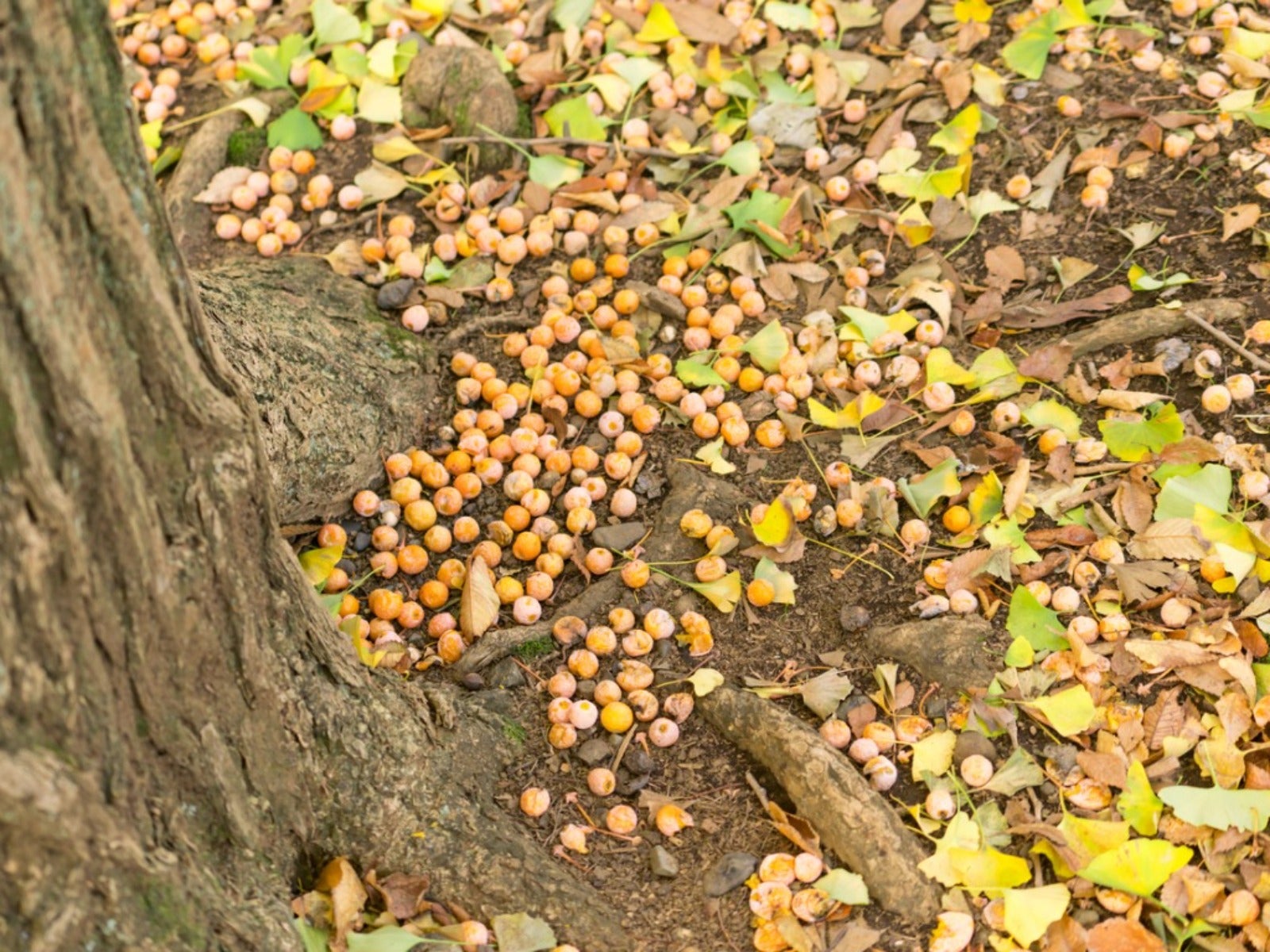 Messiest Trees That Drop Debris Everywhere
Messiest Trees That Drop Debris EverywhereWant to know which trees will create the biggest messes in your home landscape? Click here to find out.
By Amy Grant
-
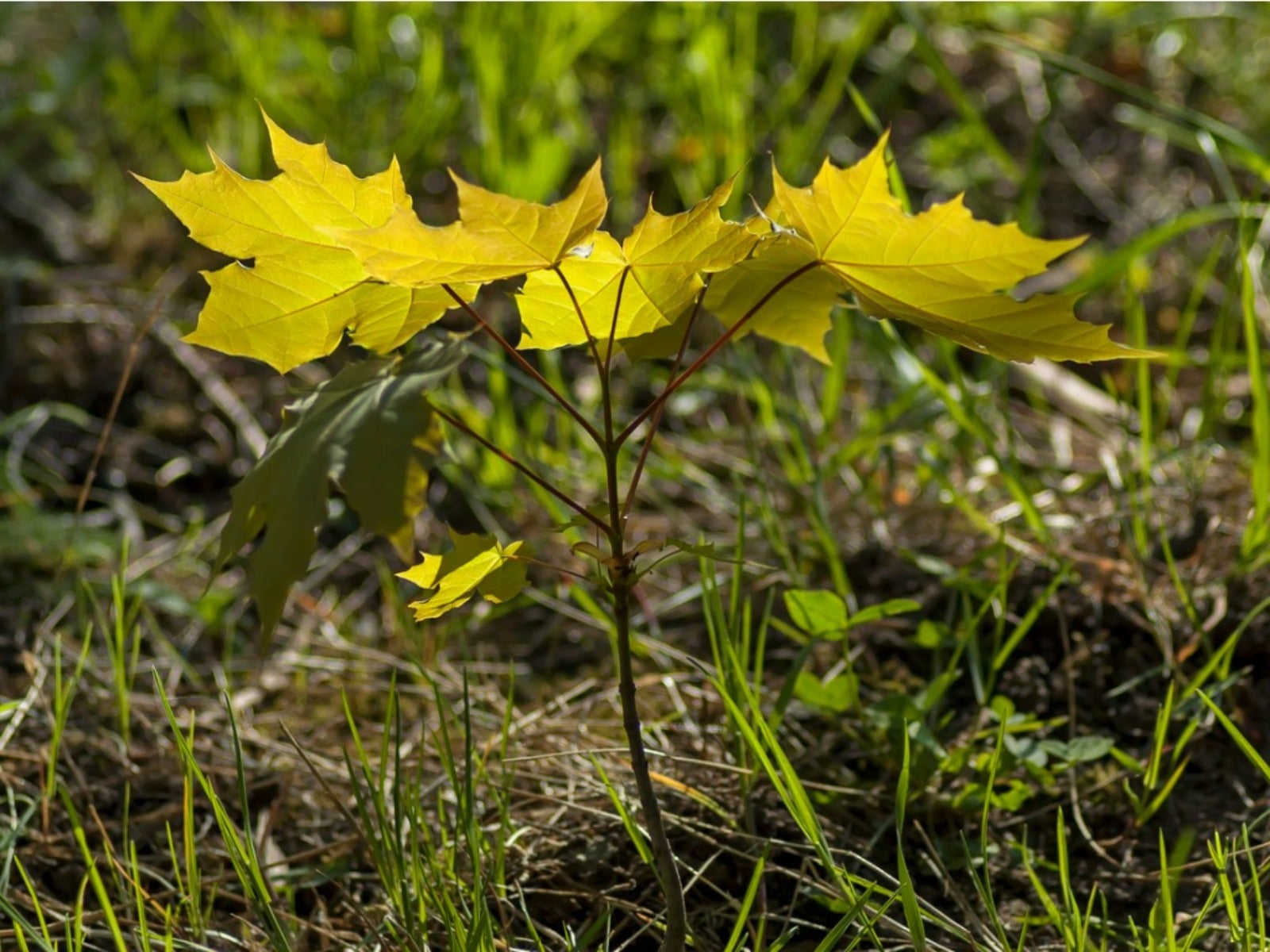 How To Get Rid Of Tree Sprouts In The Yard From Nearby Trees
How To Get Rid Of Tree Sprouts In The Yard From Nearby TreesLearn the simple way to keep pesky tree seedlings in your lawn from becoming saplings.
By Teo Spengler
-
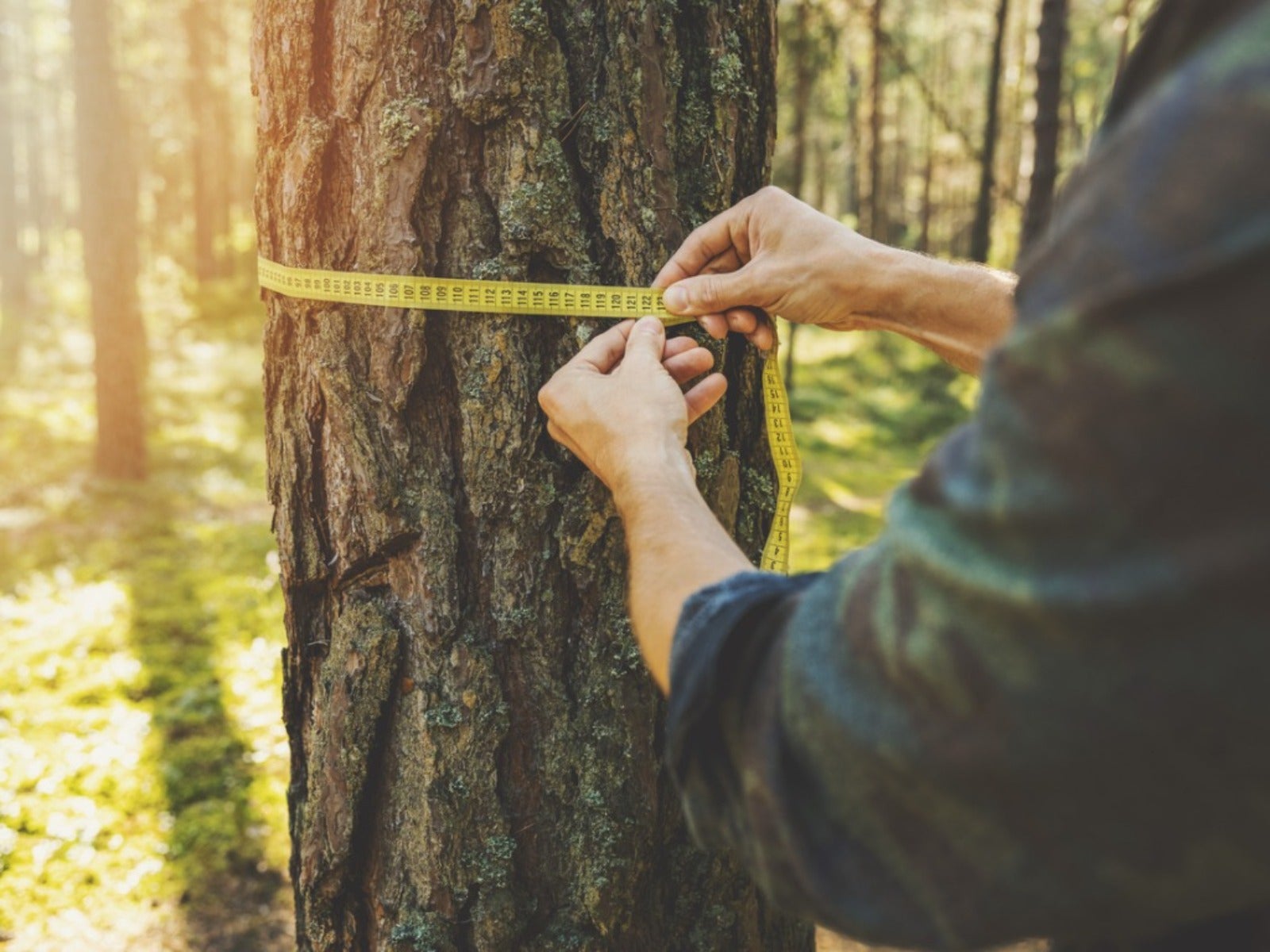 How To Tell How Old A Tree Is
How To Tell How Old A Tree IsEver wondered how to calculate the age of a tree? Click here to learn all about it.
By Teo Spengler
-
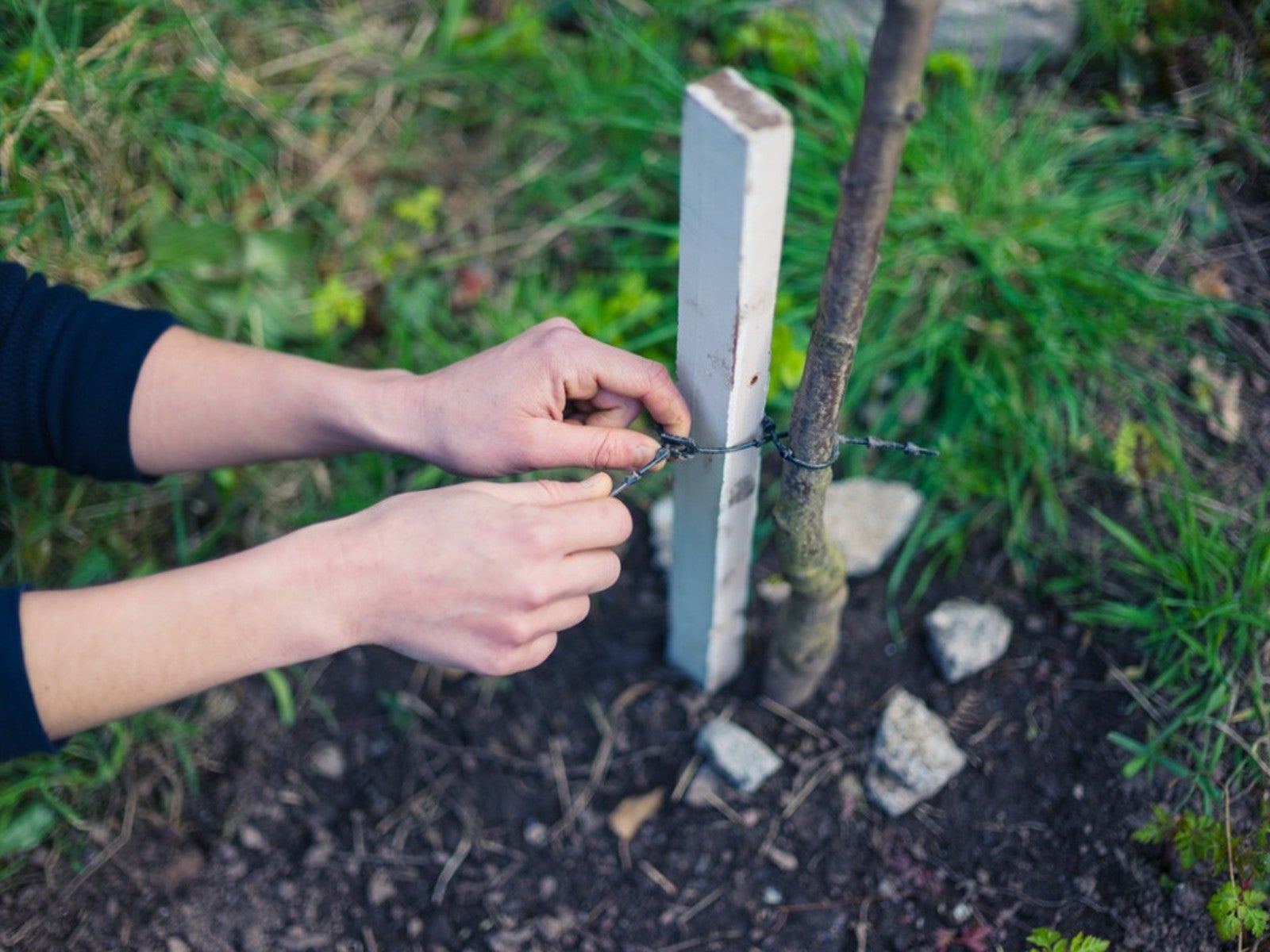 When To Remove Tree Stakes From Saplings
When To Remove Tree Stakes From SaplingsA newly planted tree may grow strong when it’s staked, but don’t forget to remove the stakes when it’s stable.
By Teo Spengler
-
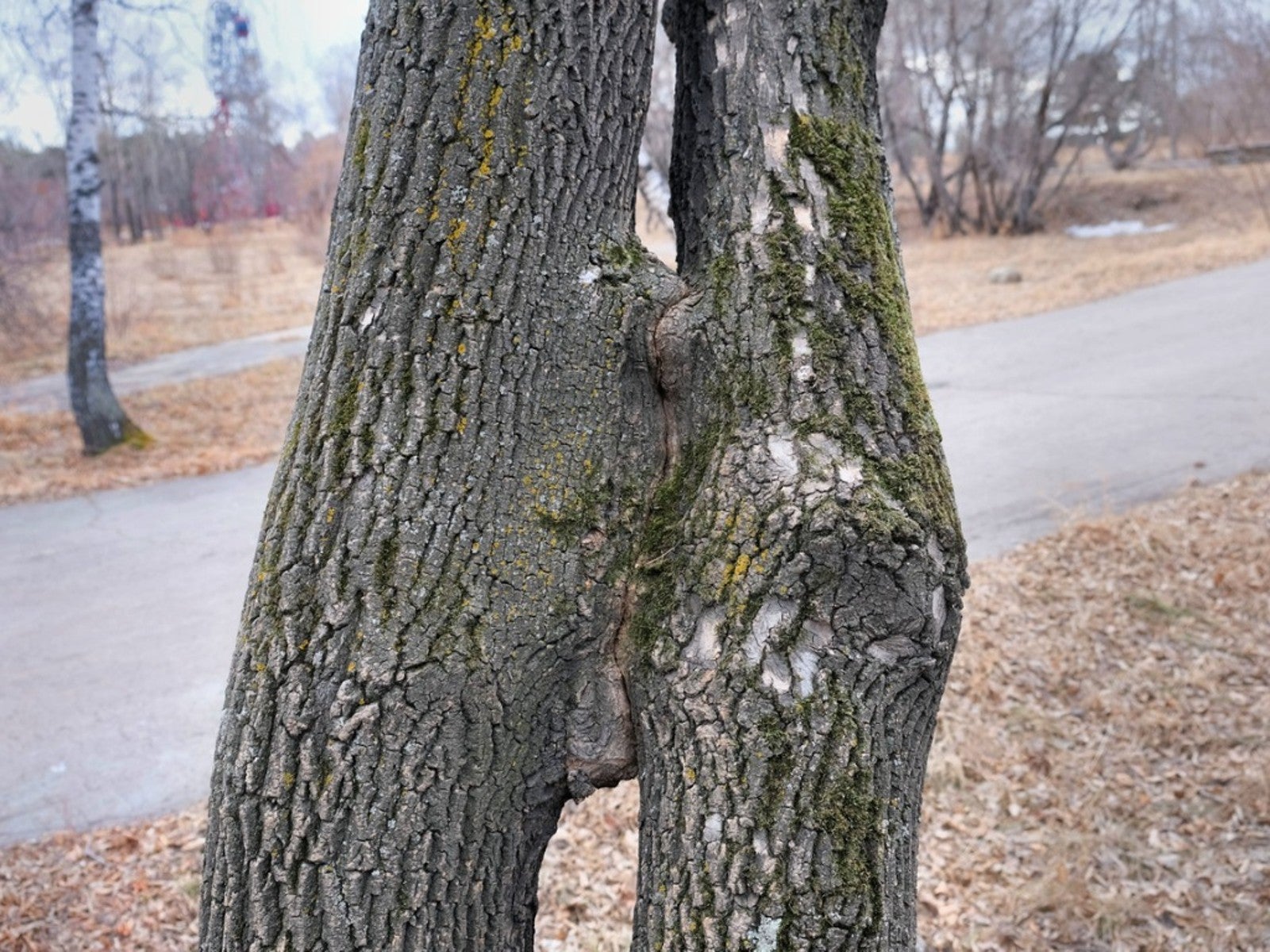 Inosculation And Trees Growing Together
Inosculation And Trees Growing TogetherIf you ever see two trees that have bonded and grown together, read here to learn why and how it happens.
By Teo Spengler